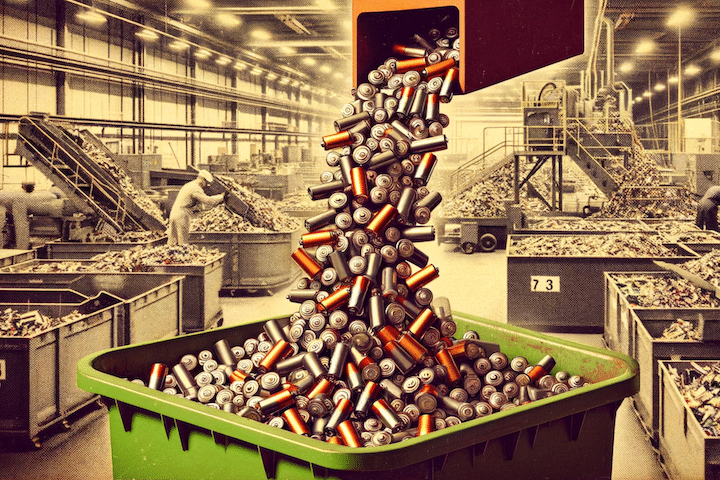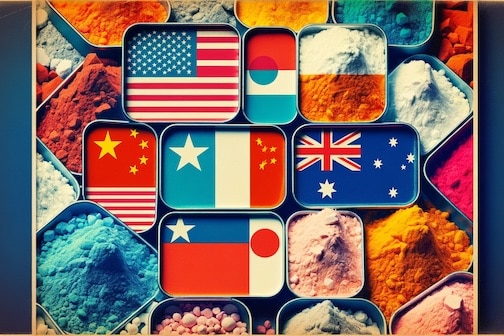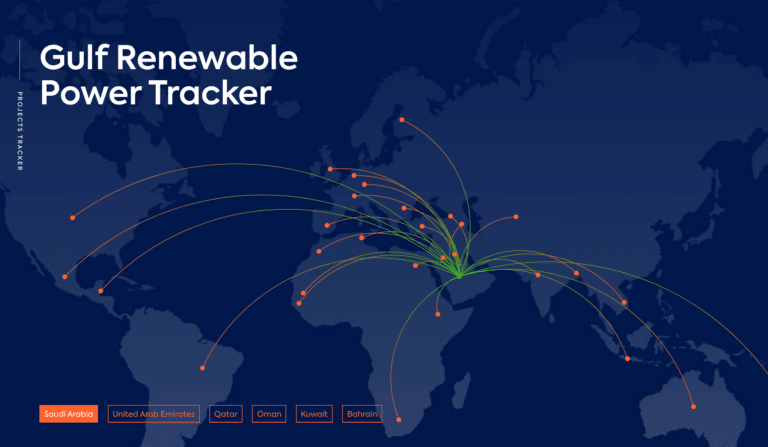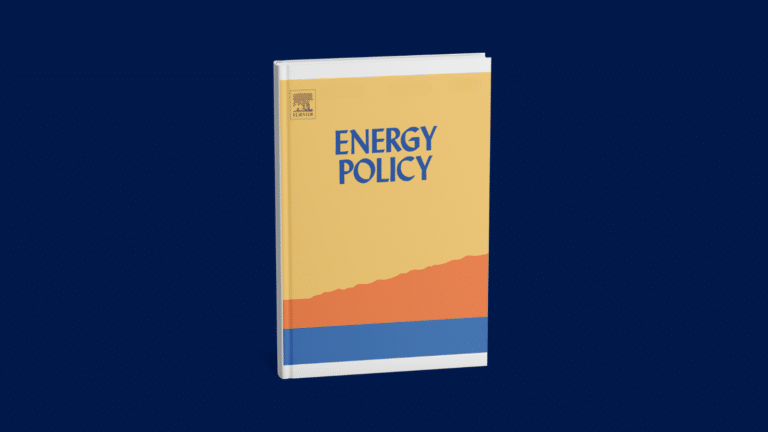New Trump administration greenlights its first Louisiana LNG plant
The agency that granted the permit found in 2024 that approving additional LNG exports could raise natural gas prices for U.S. consumers.
For the latest updates on access to the Morningside campus, visit the Public Safety website. Read more.
This is the second episode of a five-part series exploring the European energy crisis in the wake of Russia’s invasion of Ukraine. If you haven’t listened to the first episode, we recommend you start there.
Germany has grown its wind and solar sectors dramatically over the past 20 years. And yet, when Russia’s invasion of Ukraine sparked an energy crisis, Germany fired up idle coal plants and began importing natural gas from around the world.
So why couldn’t renewables in Germany—and in Europe more broadly—meet the energy gap in this time of need?
In this episode, we cover the origin story of Germany’s renewables boom—including a nuclear disaster and an anti-nuclear political movement. Then, we examine the implications of the shutdown of nuclear power and the rise of renewables for the power sector.
We look at the long-ignored part of German energy—gas heating—and how electrification could help Germany make better use of its strong wind and solar industries.
And finally, we discuss the role of hydrogen, batteries, and other low-carbon technologies in balancing renewables on the grid.
So far over this season we've traced the global lithium-ion battery supply chain from mining to processing to manufacturing. And we've put it all into a geopolitical and economic context.

China has been the world's biggest battery manufacturer for over a decade. By 2022, according to the IEA, China manufactured 76% of the world's batteries. But that's changing.

Batteries can replace gasoline in our cars, or diesel in our generators with electricity. But batteries and petroleum-based fuels share something in common: they both rely on energy-intensive processes to turn extracted materials into something useful.

To produce enough batteries to reach global net-zero goals, the International Energy Agency says we'll need to increase production of critical minerals by six fold by 2040. It's a monumental task.

New government documents seek to align the climate disclosures of Chinese companies with national priorities and global best practices. Edmund Downie (Princeton U) and Erica Downs (Columbia U) write for Shuang Tan.

The Gulf Renewable Power Tracker is an interactive and visual database of Gulf state-owned and state-related renewable power investments and developments on a global scale.

